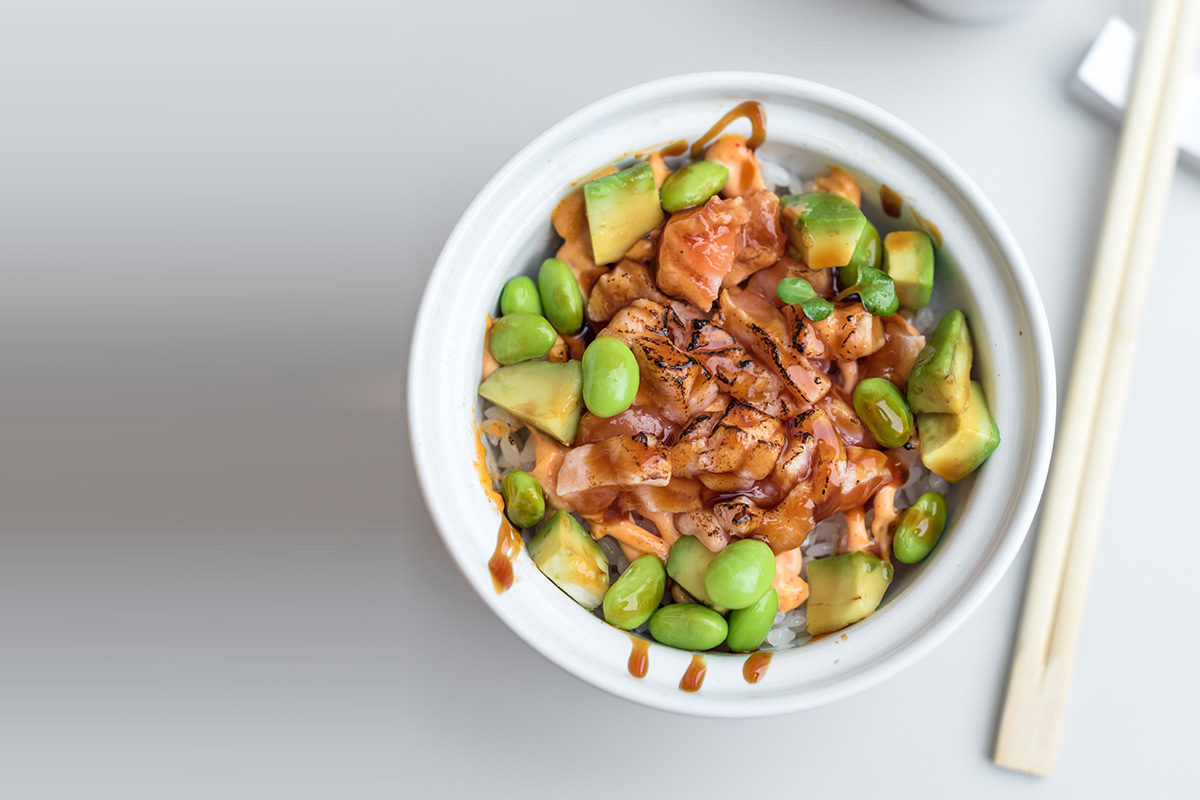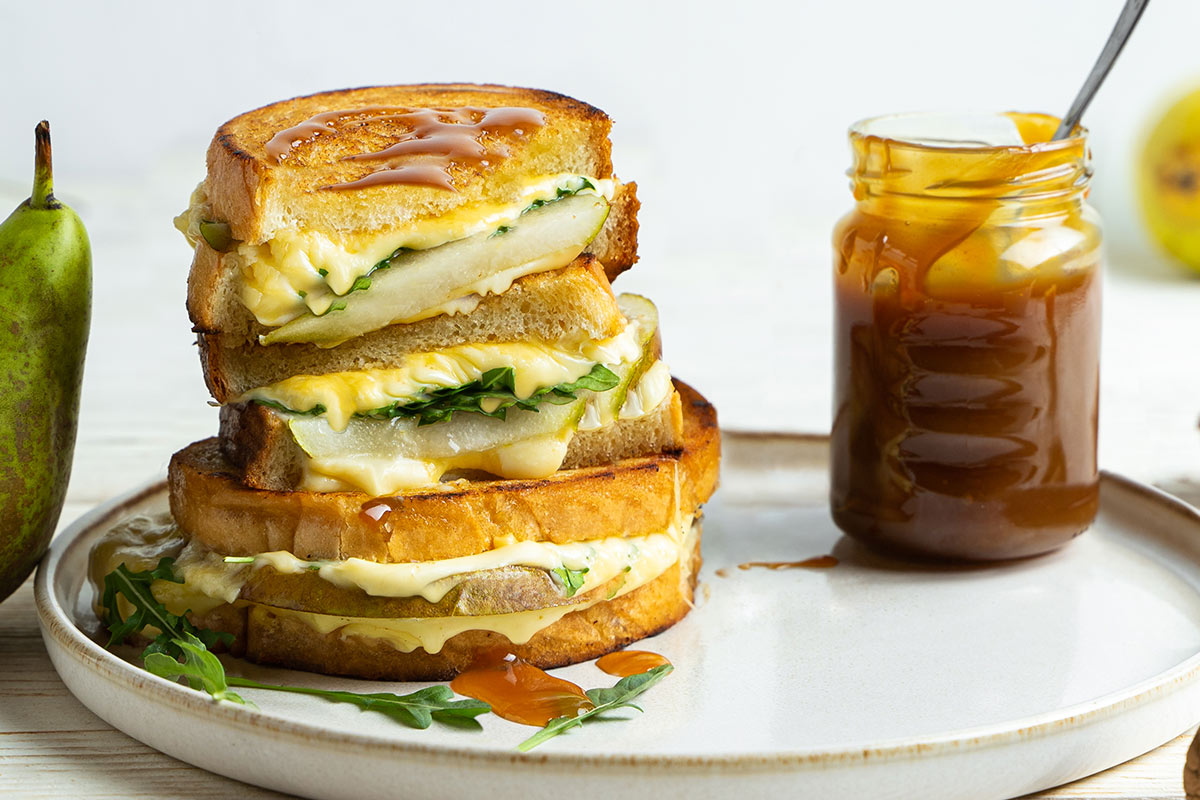Poke bowls are still very popular, but it’s not always easy to buy the sushi-grade tuna needed to make your own. This variation includes sautéed chunks of salmon instead of ahi. The technique is also great if you like tuna but prefer it cooked. I’ve suggested many veggies to fill up your bowl, but have fun choosing other ingredients—be guided by what’s most fresh at your market.
Ingredients
For the fish:
- 1 pound skinless salmon fillet, wild caught if possible
- 1 tablespoon regular or reduced-sodium soy sauce
- 1 tablespoon sesame oil
- 1 tablespoon rice vinegar
- 3 tablespoons extra virgin olive oil, divided use
For the spicy mayo:
- 1/4 cup best-quality mayonnaise
- 1 tablespoon extra virgin olive oil
- 1 teaspoon sriracha, or to taste
For the spicy bowls:
- 3 cups cooked quinoa or brown or white rice
- 1 large cucumber, diced
- 3 scallions, trimmed and sliced into small pieces on the diagonal
- 1 cup shelled edamame
- 2 large avocados, cubed or cut into thin slices
- 2 tablespoons black or white sesame seeds or a mix
- Optional: red onion rings, sliced tomatoes, shredded carrots, chopped red cabbage, enoki mushrooms, and other fresh veggies of your choice
Directions
Step 1
Using a sharp knife, cut the salmon into 1-inch chunks. Add to a glass bowl with the soy sauce, sesame oil, rice vinegar, and 1 tablespoon of olive oil. Toss well and set aside for 30 minutes.
Step 2
Make the spicy mayo: In a small bowl, whisk the mayonnaise and the olive oil until well blended, then mix in the sriracha; set aside.
Step 3
Heat a frying pan over medium-high heat. When hot, add the rest of the olive oil and the salmon chunks. Sear on all sides, using tongs to turn the pieces. When cooked through, remove the pan from the heat.
Step 4
Assemble the ingredients in four deep bowls: Center equal amounts of the cooked grains, then top with the vegetables and then the salmon chunks. Use a fork to drizzle on the spicy mayo, then sprinkle with the sesame seeds.
Makes 4 servings




